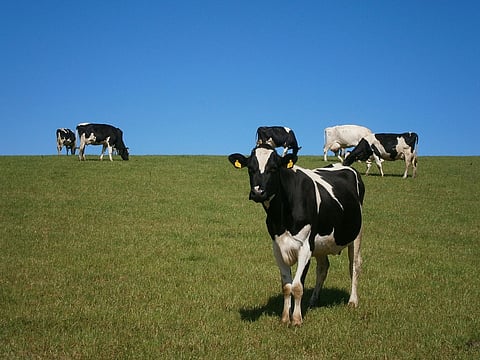Mongolia Proposal For UN Year Dedicated To Pastoralists Clears First Round
Earlier this month, the Committee on Agriculture (COAG) of the UN Food and Agriculture Organization concluded a virtual meeting. Among the matters on the agenda was a proposal initiated by the Mongolian government, seeking that the UN declare 2026 as the Year of Rangelands and Pastoralists (IYRP).
Pastoralists are defined as people who raise livestock, semi-domesticated or wild animals, fed on plants that grow naturally, in what are called grasslands or rangelands. It is estimated that half the world’s land area is rangelands.
By the end of the COAG meeting, this proposal had been accepted, with no objections. Several country representatives strongly supported the proposal. Urmul Trust, Rajasthan, the South Asian Pastoral Alliance, based in Gujarat, and several other NGOs working among herders in India had also sent letters of support earlier.
The suggestion will now be taken up in the FAO Council meeting in December this year; a final decision is set to be announced by the UN General Assembly in October next year. Speaking of the proposal on October 1, 2020, Mongolia’s Ambassador to the FAO Jambaldorj Tserendorj explained that pastoralism is a source of livelihood for millions across the world, and remains one of the most sustainable food production systems on the planet.
Traditionally, among several pastoral communities, milk was not sold. Among the Raika, the camel herders of Rajasthan, for instance, it was common practice to distribute the milk freely, to whoever was in need. When the first attempt to sell it was made so that the pastoralists could earn from their herds, it ran into a legal problem
It also serves to safeguard biodiversity and sustainability – for ages, pastoral people have been welcomed even by settled farmers as their flock leave behind manure when penned in their lands that adds to the fertility of their soil. In Germany, for instance, pastoralists are paid for such services. In arid or mountainous regions, it represents the best use of natural resources.
Since many pastoral people are regularly on the move, the structures of governance have made little provision for them. In India, even their numbers are not clearly known. With the expansion of agriculture and the privatization of areas that were previously common grazing lands, pastoralists have been squeezed out of many resources that they could depend on, even two decades ago, and led to an intensification of their marginalization.
Traditionally, among several pastoral communities, milk was not sold. Among the Raika, the camel herders of Rajasthan, for instance, it was common practice to distribute the milk freely, to whoever was in need. When the first attempt to sell it was made so that the pastoralists could earn from their herds, it ran into a legal problem.
The Rajasthan High Court ruling in the matter had to be challenged in the Supreme Court, which ruled that camel milk was fit for human consumption in the year 2000. Camel Dairies like Camel Charisma have since come up, and even the famous Amul brand started marketing camel milk last year.
Camel milk is known to have several health benefits – in the recent lockdown, parents of children with autism who have found that camel milk makes a significant difference to their children, relied on services of the Indian Railways to keep supplies coming.
Pastoralism and rangelands represent areas that deserve more focused scientific attention. One aim of the special IYRP is to bring greater scientific attention to these traditional practices.
-- Rosamma Thomas
(The writer is a freelance journalist currently on the Camel Partnership fellowship with Urmul Trust, Rajasthan)

